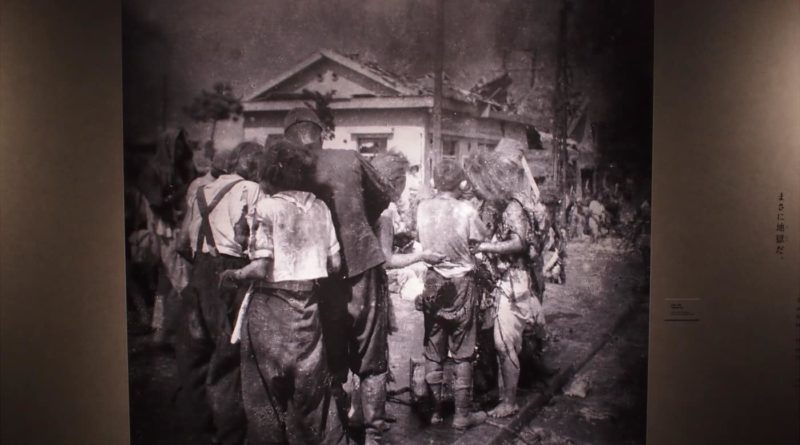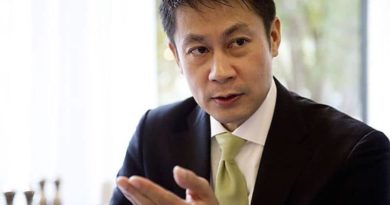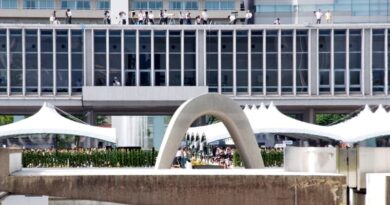A Moving New Beginning: Main Building of Hiroshima Peace Memorial Museum Reopens
It’s been two years since the Main Building of the Hiroshima Peace Memorial Museum closed its doors for renovations (including fortifying the building against earthquakes). Despite the construction, visitor numbers have never been higher, especially visitors from outside of Japan.
After a string of controversy over the decision to remove the life-sized and incredibly realistic wax figures depicting the survivors amid artifacts salvaged from the bombing for being traumatizing, the newly refurbished and redesigned Main Building opened on April 25, timed to coincide with both the Golden Week holiday and the Hiroshima Flower Festival.

The Main Building immediately sets the tone for visitors with a single black and white photograph of a young girl in bandages. Her expression is hard to pin down, caught in a moment that can’t be understood fully. The exhibits are divided into sections, each with a title carved into rough black stone and lit by single, soft spotlights to keep the visitor in semi-darkness, paralleling the darkness and uncertainty that followed the bombing. Large-scale black and white photos along with almost novel-like excerpts from eyewitnesses line the walls, each with a correlating English translation (admittedly, some are better than others). The exhibits incorporate artwork and photos to tell the story of August 6 from different perspectives, including a larger-than-life photograph of the mushroom cloud billowing before three people, barely noticeable for their size in comparison to the massive plume. Photos like this help to put the overwhelming size of the explosion into an easy-to-grasp perspective, and are further made poignant by the lighting and stark black walls around them.
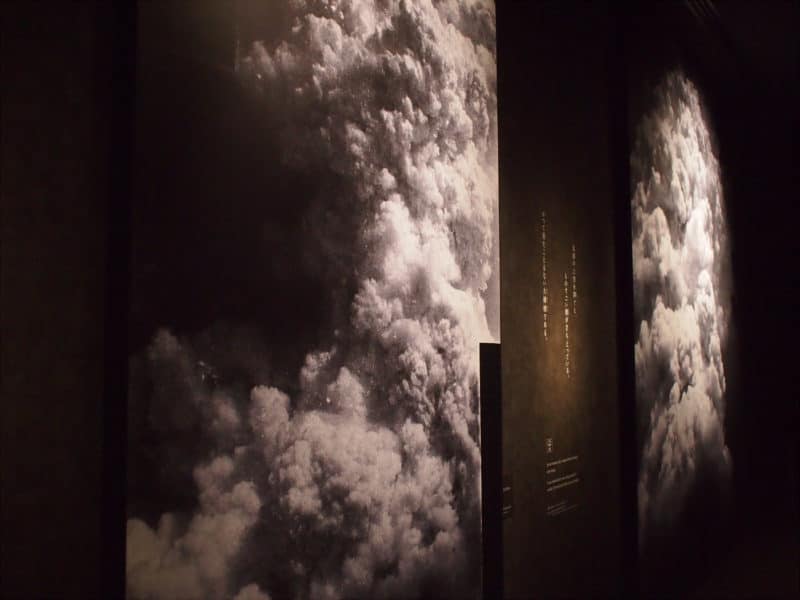
The entire wing proceeds nearly chronologically, from the bombing to the effects of radiation on the human body, the ensuing firestorm, and finally life post-war. A wide array of artifacts recovered from the bombing are artfully highlighted and explained in comprehensive detail, from fragments of clothing, and letters, to a little elementary school girl’s bento box with its blackened contents.
While the wax figures may be gone, there are still a collection of very real photographs of radiation poisoning, charred and burned bodies, keloids (including a sample of an actual keloid removed from one of the survivors), and other photos that are hard to face. But it is because they are hard to face that we must face them, and that we must not be hesitant to allow children to face them too. These are the realities of nuclear weapons, and perhaps one of the most powerful deterrents we have against them.
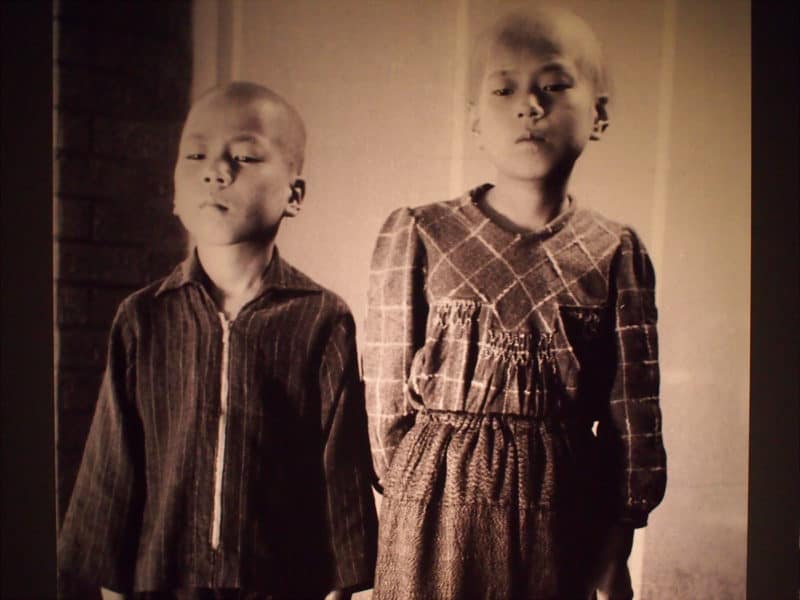
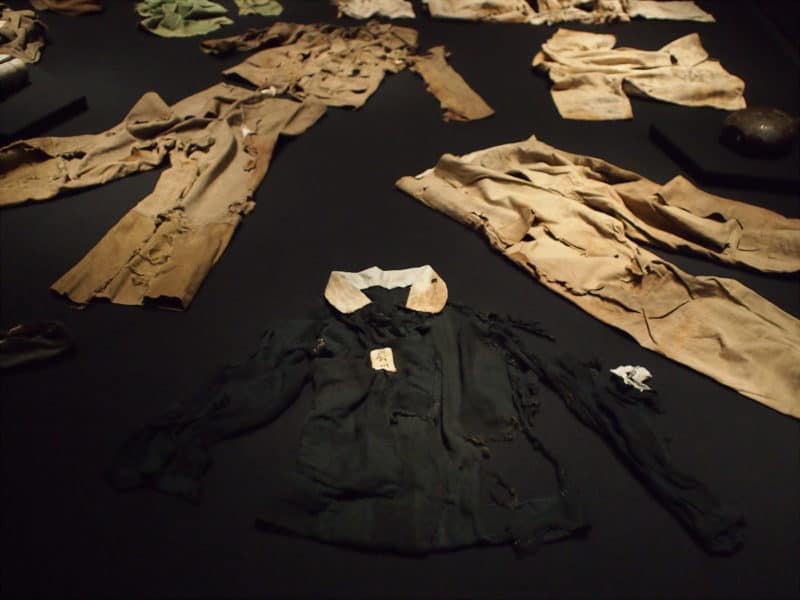
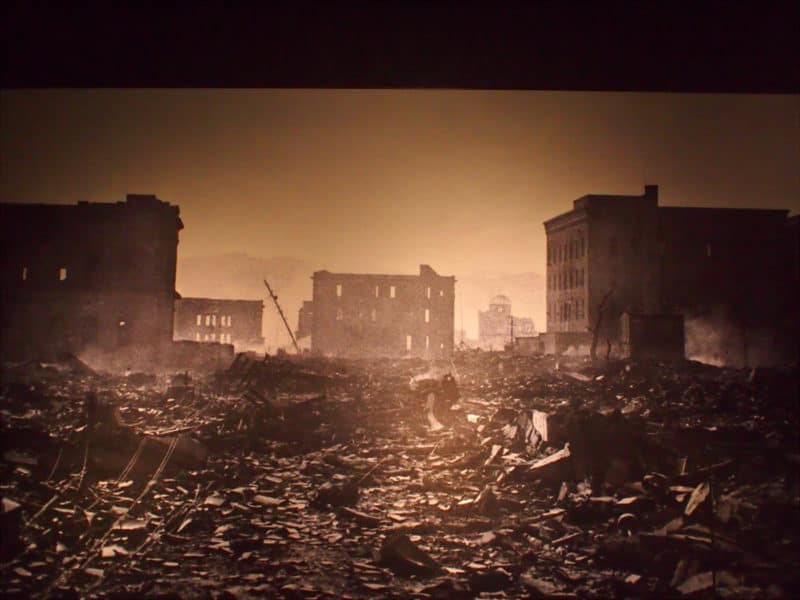
The Story of N is another exhibit which was particularly moving. It follows the story of a hibakusha (A-bomb survivor) family and their struggles with illness, mental health, poverty, and lack of understanding. With mental illness still somewhat taboo in Japan, the exhibit is open and frank about it, hopefully opening the door for future dialogue and understanding. It’s a facet of the hibakusha experience that is not often discussed, and it is worth commending the Museum for doing so. Along with the Story of N, the well-known story of Sadako Sasaki also has its own detailed exhibit.
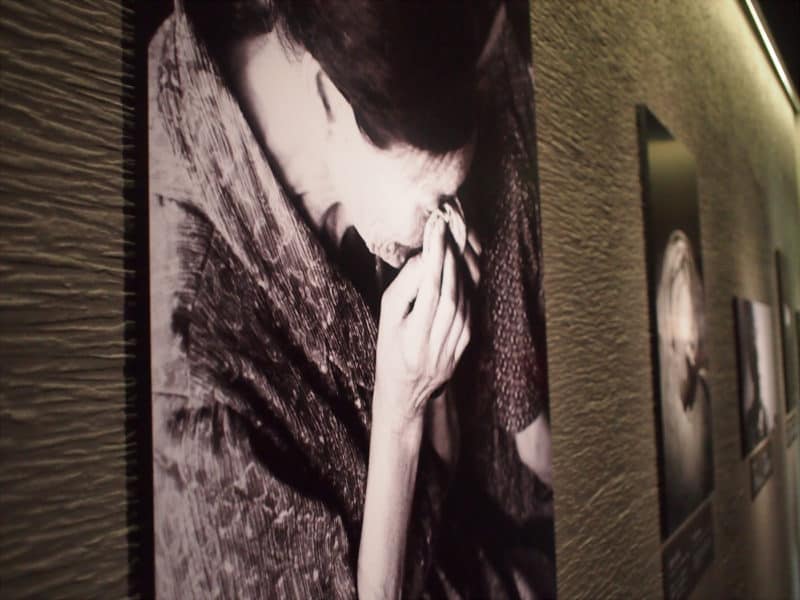
The final panels in the exhibit, titled “It never ends”, brings the Main Hall to a moving finish, highlighting both the unending sorrow of the families and the hopes of survivors and their descendants for a brighter future. As you near the exit, the exhibit gradually becomes brighter and brighter until the darkness stops and the sun comes streaming in through the wall-to-ceiling windows overlooking Peace Memorial Park. Walking the long stretch of hallway towards the exit, visitors have time to reflect on what they saw, felt, and experienced, and to think about peace means to them individually.
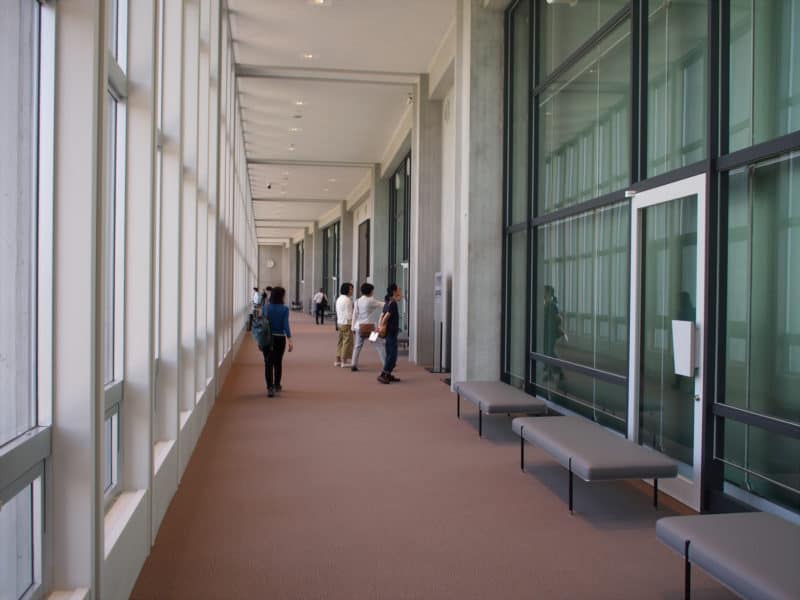
Whether you’ve been in Hiroshima forever or just arrived, it’s more than worth a visit (or another visit) to the Peace Memorial Museum to remember what happened on August 6, 1945, and why humanity cannot, must not repeat the same tragic past.
The Peace Memorial Museum is just one example of peace tourism in Hiroshima, a relatively new movement aimed at exploring Hiroshima through walking tours that highlight the history and legacy of Hiroshima past, present, and future. Follow the official Instagram and check out the official homepage (currently under revision) for more information.
Hiroshma Peace Memorial Museum
Opening hours: 08:39-18:00
Tel: 082-241-400
Address: 41-2 Nakajimacho, Naka Ward, Hiroshima, 730-0811


